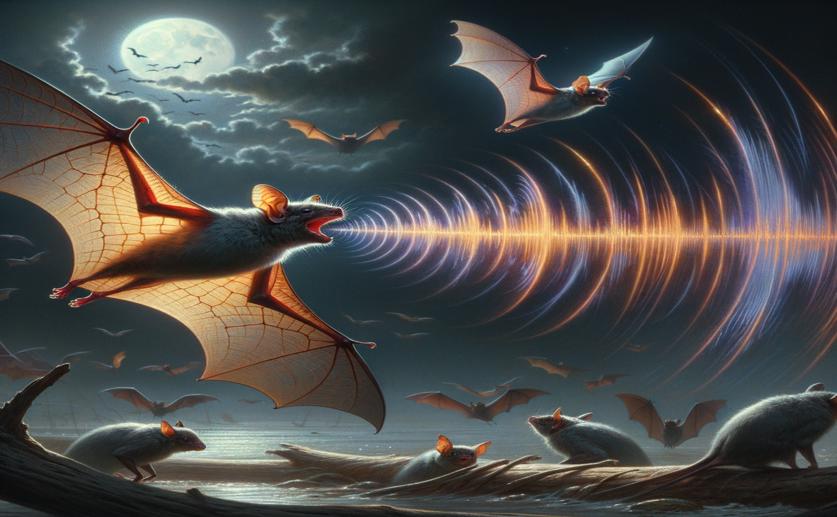
Bats Keep Consistent Echolocation and Response While Hunting in Light
Jim Crocker
30th April, 2024

Image Source: Natural Science News, 2024
Key Findings
- In a study at Aarhus University, bats faced noise that hindered their echolocation but didn't rely more on vision
- Bats increased their echolocation call volume in noisy conditions, showing a consistent Lombard response
- Despite noise and light, bats didn't change their echolocation strategy, suggesting a hard-wired behavior
EcologyAnimal ScienceEvolution
References
Main Study
1) Daubenton’s bats maintain stereotypical echolocation behaviour and a lombard response during target interception in light
Published 29th April, 2024
https://doi.org/10.1186/s40850-024-00200-4
Related Studies
2) Communication with self, friends and foes in active-sensing animals.
3) Echolocating Daubenton's bats are resilient to broadband, ultrasonic masking noise during active target approaches.



 18th March, 2024 | Jim Crocker
18th March, 2024 | Jim Crocker